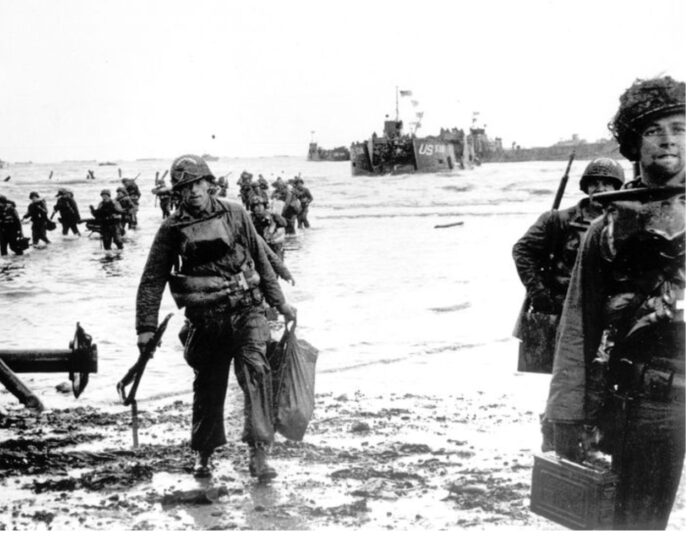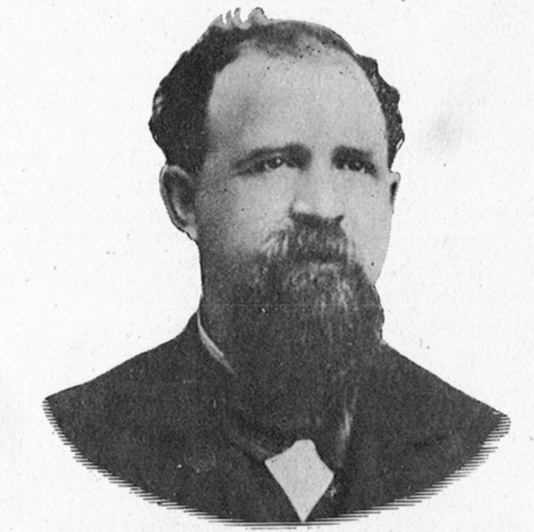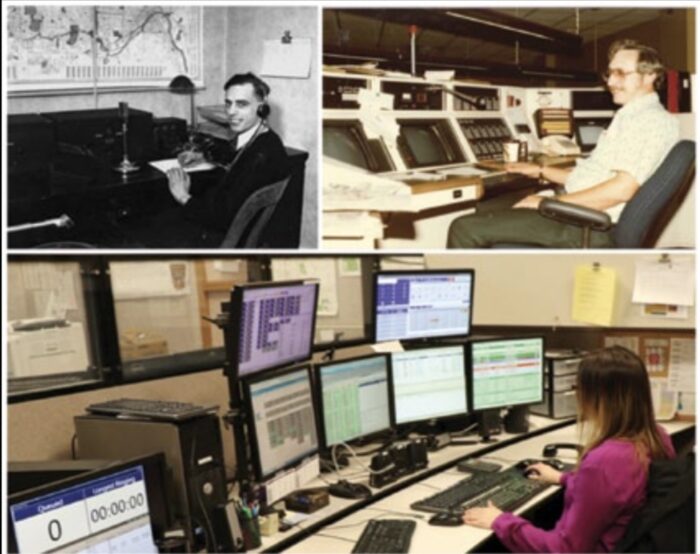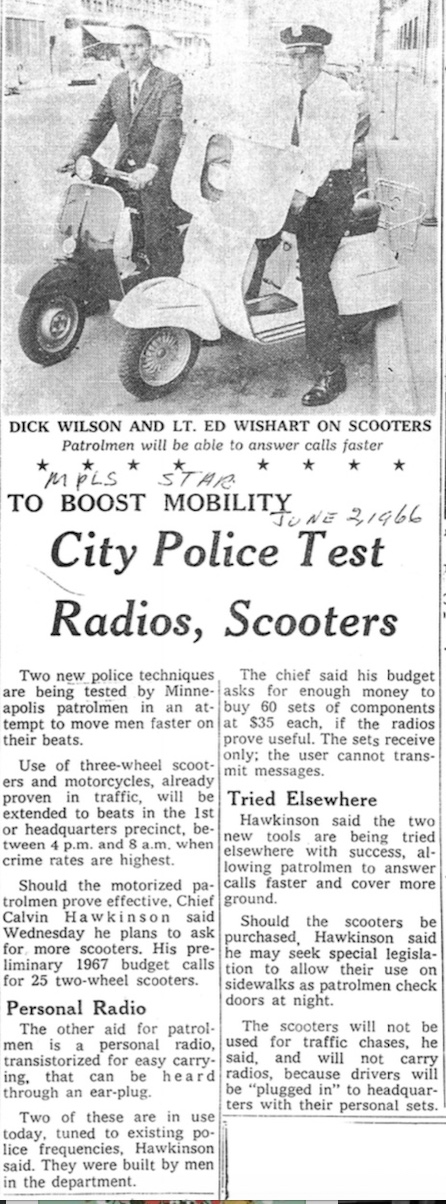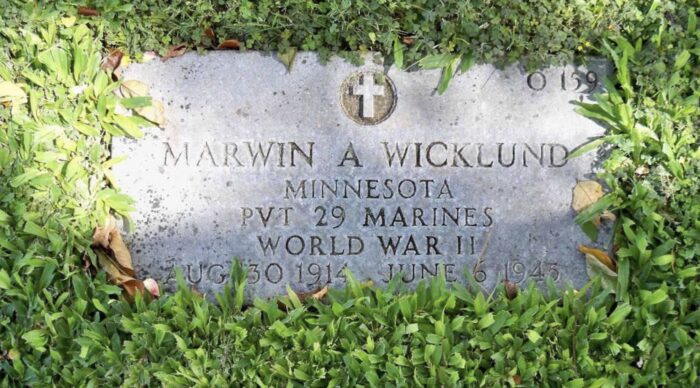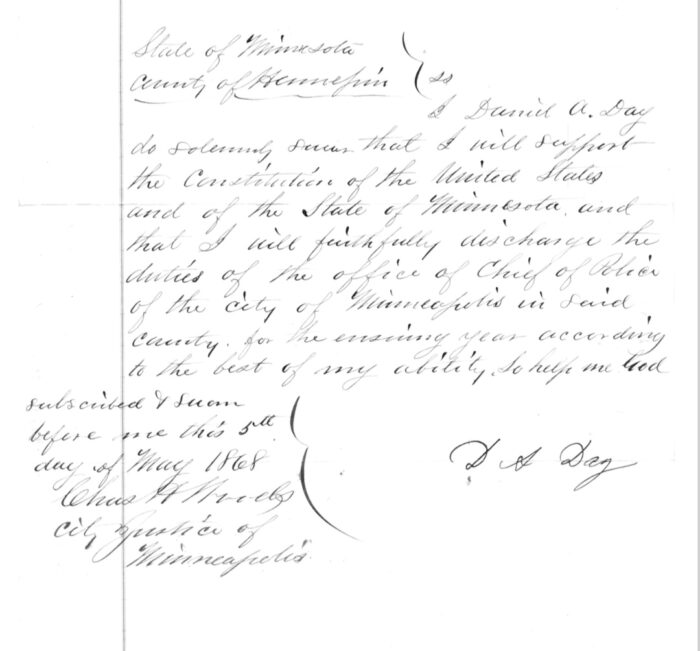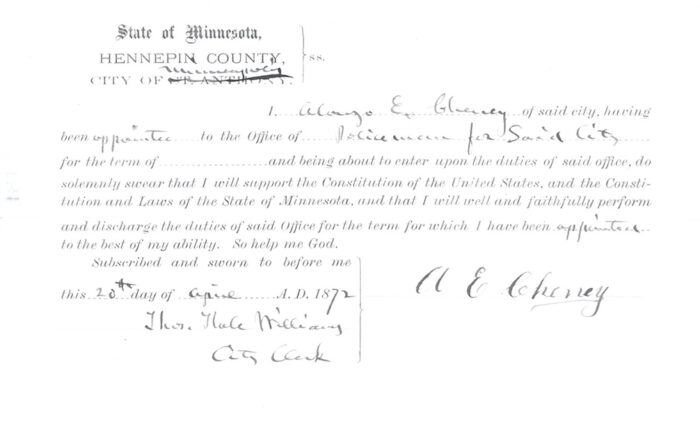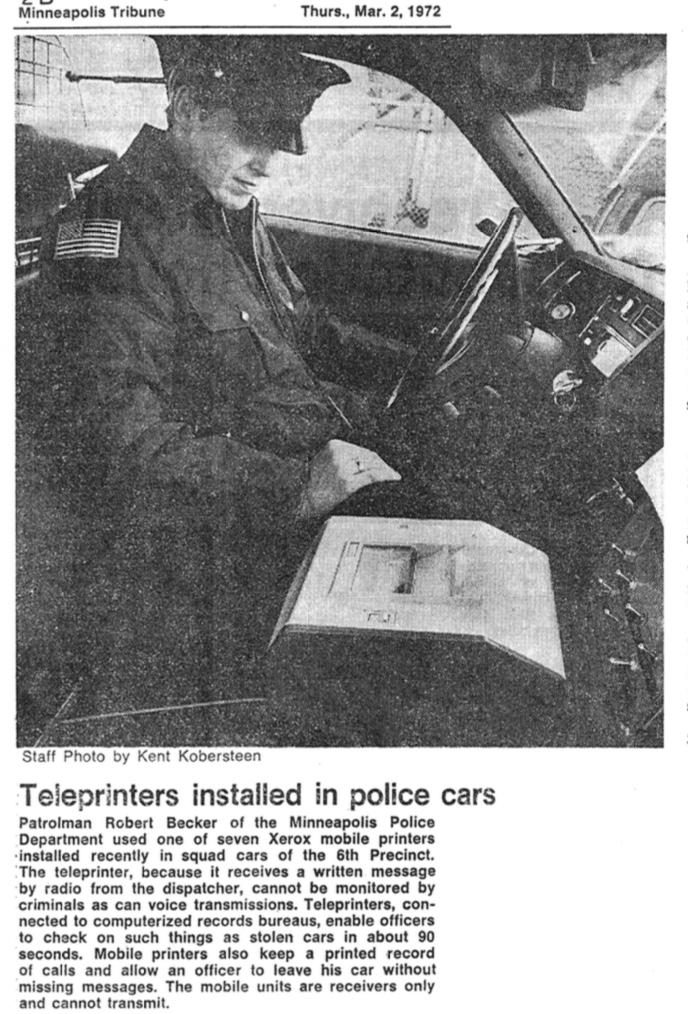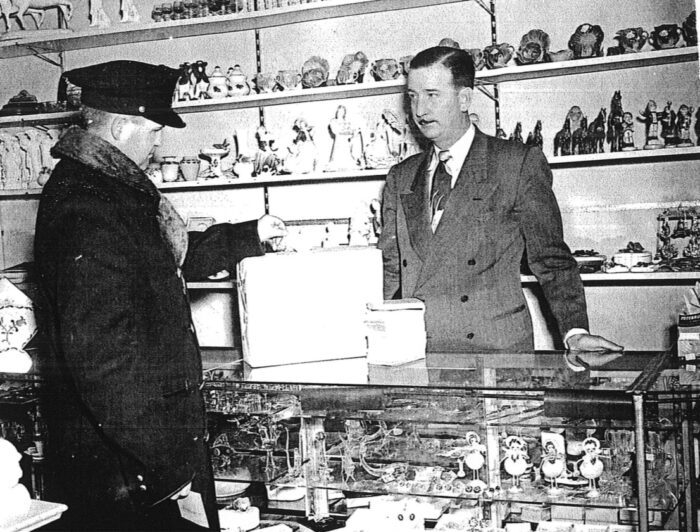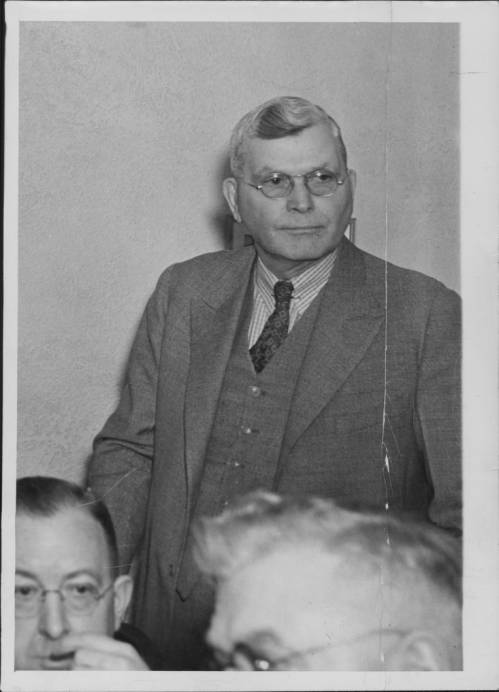Today, we are thinking of the soldiers who landed on the beaches of Normandy on June 6, 1944. Some of us have had the great, good fortune to have known the returning soldiers. We honor them and their service. Many soldiers gave their lives so that others could be free. We remember them. We are grateful to them all.
To learn about the D-Day Medal of Honor winners: https://mohmuseum.org/medal-of-honor-recipients-from-d-day/
To learn about the Normandy American Cemetery:
https://www.abmc.gov/cemeteries-memorials/europe/normandy-american-cemetery
To view the Continental Edition of “The Stars and Stripes” announcing that it will begin publishing from France:
https://www.army.mil/e2/downloads/rv7/d-day/continental_edition_4_july_1944.pdf
Photograph of American assault troops moving onto Omaha Beach, on the northern coast of France on June 6, 1944, during the Allied invasion of the Normandy coast. Photograph courtesy of the Associated Press
